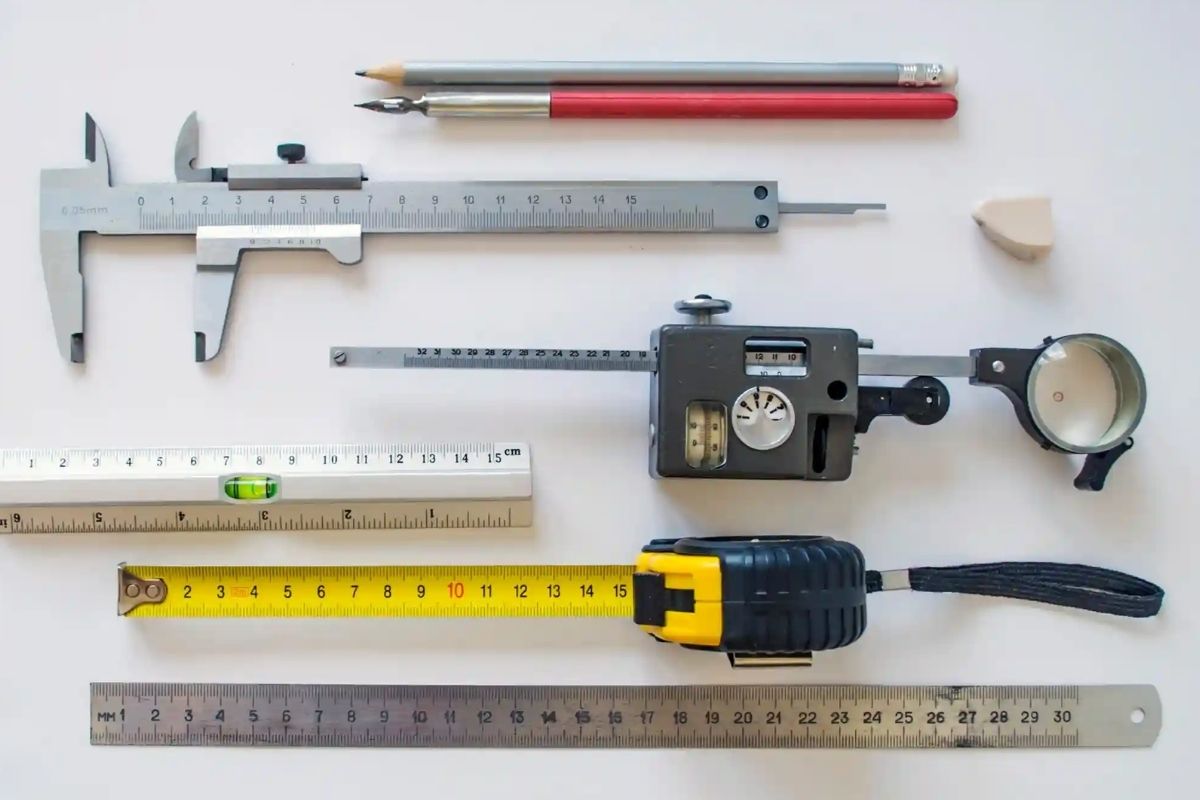No matter if you’re erecting a high-rise, positioning machinery, or simply putting up shelves, leveling devices are fundamental to obtaining an accurate outcome. Levelling devices establish either a true horizontal or vertical reference point; safety performance, and visual appeal in various industrial and DIY tasks will rely upon the precision of your leveling devices.
In this guide we will take a look at the most common types of leveling devices, where they are used, and how to select the proper level device for the task at hand, along with maintenance advice to keep your leveling devices performing as if brand new.
What Are Levelling Devices?
A levelling device is used to make sure a surface is either perfectly horizontal or perfectly vertical. The importance of these tools becomes clear in any situation where it’s essential to be very precise.
Levelling devices are available in a variety of different formats, from traditional levels that rely on a bubble to levelling devices that are entirely electronic, allowing the user a multitude of complexity and use.
Types of Levelling Devices
Here are some of the most commonly used levelling devices across many industries:
There are four primary types of levels with which you may be familiar:
Spirit Levels
The most recognizable type uses a bubble float in a liquid-filled vial to indicate level. These are used for general carpentry and smaller construction jobs.
Laser Levels
Can project a level laser beam across distances. Good for indoor fit-outs, tiling, and framing.
Optical Levels
Can be used for surveying applications, and these are considerably longer range levels requiring a tripod and calibrated telescope to identify the level across distances.
Digital Levels
An electronic readout allows for precise measurements. Perfect for applications where high accuracy is required.
Automatic Levels (Builder’s Levels)
These devices, commonly used in civil construction and site layout, have self-leveling capabilities.
All of the devices mentioned above have their pros and cons, and understanding your circumstances will aid you in the correct selection of your levelling tool.
Where Are Levelling Devices Used?
Levelling devices are relied upon in a variety of sectors, including:
Construction & Civil Engineering
Levelling devices are used for grading, defining foundation layouts, and aligning structures.
Manufacturing & Mechanical Engineering
An important measuring tool required in all phases of machine installation and machine maintenance, to ensure accurate operational fit for machines.
Surveying & Land Development
Used to understand elevation and establish levels for a site related to the infrastructure to be placed on that site.
DIY & Renovation Projects
Home renovators rely upon levelling tools for installations of kitchen cabinets, decks, etc.
Automotive & Aerospace
Levelling devices are relied upon when fine-tuning assembly lines and technical installations.
Selecting a levelling device can be challenging. When deciding on a levelling device, consider a few things:
Accuracy Requirements
Choose laser levels or digital levels for high-accuracy work.
Physical Environment of the Project
For outdoor construction, weather-resistant optical levels that can mount on a tripod may be best.
Ease of Use of Device
Digital levels and automatic levels remove human error and improve work speed.
Budget
Spirit levels are the most economical, while laser and digital levels will require an investment.
Reliability of Brand
You should choose well-established names and approved industrial suppliers for durability and support.
Levelling Device Maintenance & Calibration
You want to keep your levelling devices accurate and working for a long time:
Storage
Store them properly, in a case, away from moisture or direct sunlight.
Cleaning
Make sure to clean your tools after using them. Debris might scratch a lens or sensor, so make sure you wipe off dust and debris.
Calibration
Make sure you consistently calibrate your level as specified in the manufacturer’s instructions. If you have an optical or digital level, it’s especially important to check alignment with the reference (or baseline).
Drop Protection
Avoid dropping your levels. Just a slight fall can knock a levelling device out of calibration.
Emerging Trends in Levelling Technology
Technology is changing fast in particularly with:
Smart tools
Linkage and data logging with smartphones and tablets.
Self-Calibration
Digital levels that typically come with self-calibration options for quick setup.
Green laser
Higher visibility to red lasers and perfect for bright environments.
Understanding the Importance of Levelling Devices in Precision Work
Levelling devices are essential tools across a wide range of industries, including construction, engineering, surveying, and even DIY home improvement. These devices help ensure that surfaces, equipment, and installations are perfectly horizontal (level) or vertical (plumb), reducing errors and improving structural integrity.
There are several types of levelling devices available, each suited to specific tasks:
Spirit Levels: One of the most common types, ideal for basic levelling tasks in construction or carpentry.
Laser Levels: These provide a laser beam to create a visible straight line across surfaces, perfect for large-scale alignments and layout work.
Digital Levels: Combining electronic sensors with displays, these offer precision readings and are widely used in advanced engineering applications.
Automatic Levels (Dumpy Levels): Popular among surveyors, these use optical magnification for precise elevation measurement.
When choosing a levelling device, consider factors such as accuracy, working range, ease of use, and durability. Investing in a high-quality levelling device can save time, reduce costly mistakes, and ensure that your projects meet professional standards.
By understanding the types and applications of levelling devices, users can make more informed choices and improve the accuracy of their work dramatically.
Conclusion
All leveling devices are of central importance to levels of accuracy in a variety of professional and personal endeavors. Understanding different types and using the appropriate tool for the applicable use will give you accuracy and safety, and efficiency.












